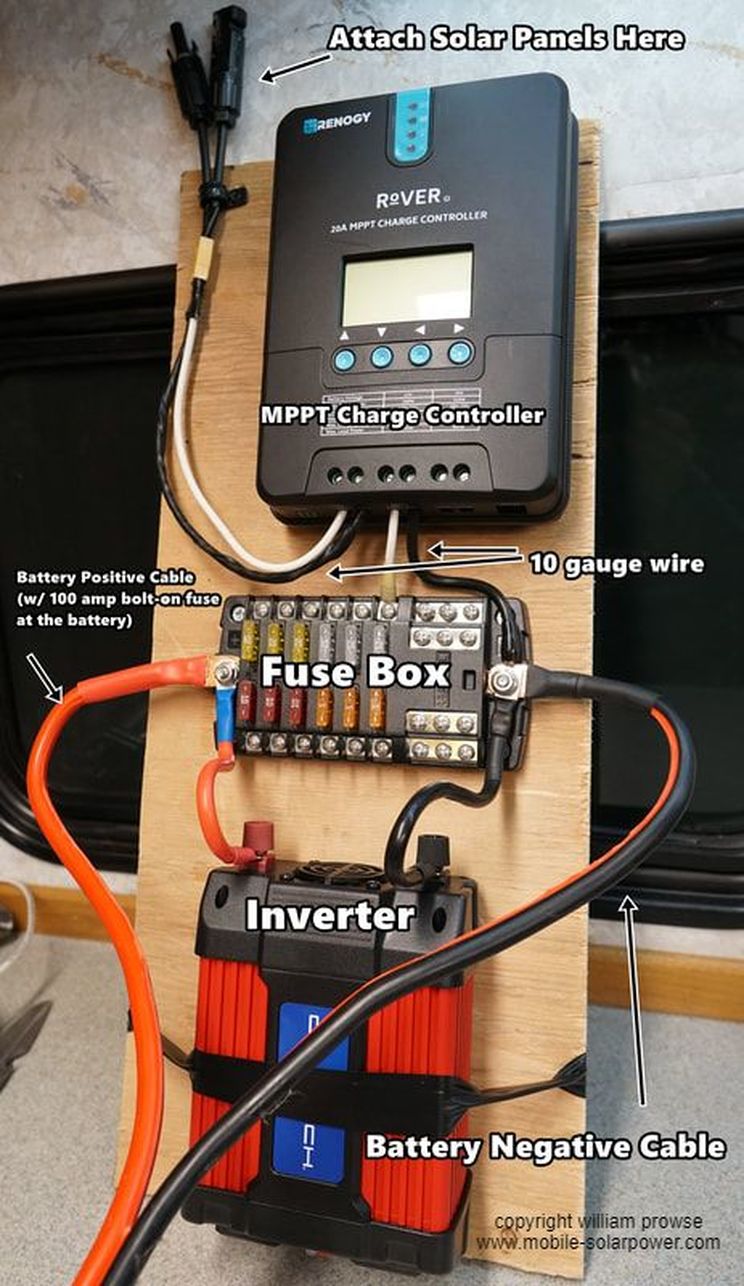Dietrich70
New Member
- Joined
- Feb 22, 2020
- Messages
- 5
Other than cost is there a disadvantage in using the 1500 watt ?
Amazon is sold out of the 1,000 watt.
I am in process of setting up the basic build for a 1,000 to 2,2000 watt system and trying to use the parts recommended on web page.
Amazon is sold out of the 1,000 watt.
I am in process of setting up the basic build for a 1,000 to 2,2000 watt system and trying to use the parts recommended on web page.




